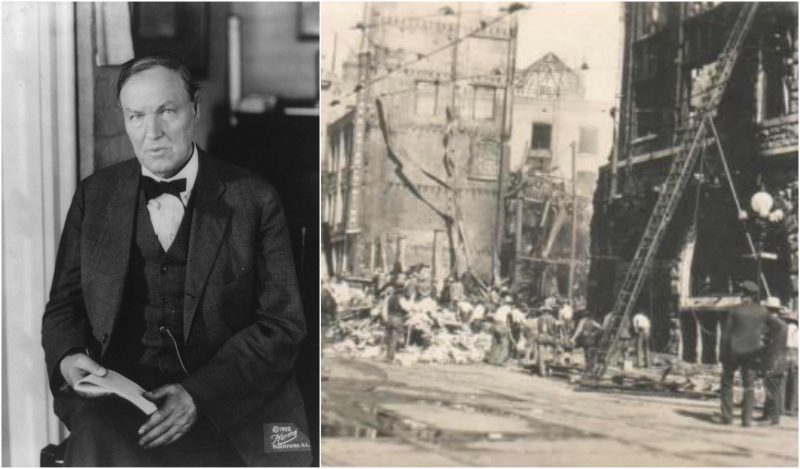Clarence Darrow was an attorney who opposed the death penalty when it was still the law across America, defending criminals in the most interesting, complicated, and significant cases of the time. He defended the McNamara brothers who dynamited the Los Angeles Times building in 1910, killing 21 journalists of the newspaper. He was the defense attorney in the Scopes Trial, the Massie Trial, and the attorney of delusional teenage murderers Leopold and Loeb, and later on, of Dr. Ossian Sweet.
Darrow was born in Kinsman, Ohio, in 1857. In his youth, he was working most of the time and didn’t manage to graduate from the institutions he attended, first Allegheny College and then the University of Michigan Law School. As the country entered a period of economic depression, Darrow did not want to be a burden to his family. So, instead of earning his diploma, Darrow went on to study and practice law on his own. Without a formal background, he took the Ohio Bar exam in 1878 and passed.
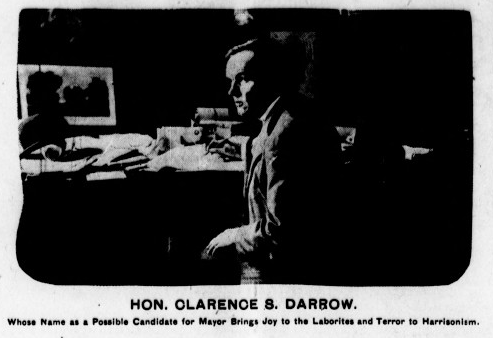
He started with small cases and after two years challenged himself with more complicated ones, soon becoming one of the most prominent labor attorneys in the country. In 1894, he represented the leader of the American Railway Union, Eugine V. Debs, who led the Pullman Strike. Darrow left his post as laywer for the Chicago and North-Western Railway Company in order to take on the case, which became a turning point for U.S. labor law.
In that same year, he took his first murder case. Defending Patrick Eugene Prendergast, who assassinated the Chicago mayor Carter H. Harrison, Darrow went with the “insanity defense.” The case was lost and his defendant executed. Among all the cases that he took from then on, this was the only one that resulted in execution. Believing that the death penalty was in conflict with humanitarian values, Darrow devoted himself to opposing it.
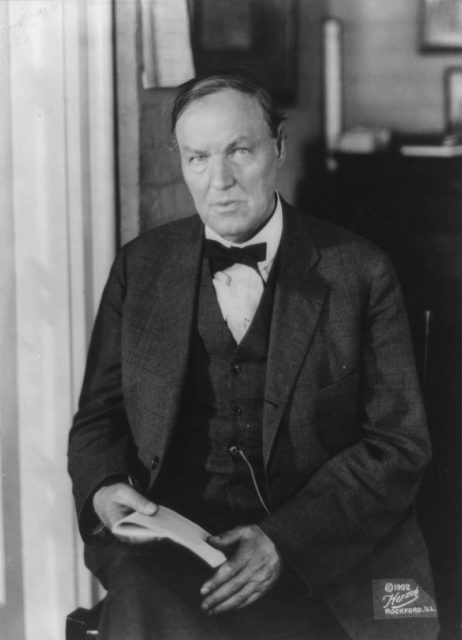
Between 1906 and 1908, he represented the leaders of the Western Federation Miners–George Pettibone, Charles Moyer, and William “Big Bill” Haywood–who in 1905 was arrested and charged with the murder of a former Governor of Idaho, Frank Steunenberg. In the end, after two exhausting years at court, Pettibone and Haywood were released from charges, and only Moyer was found guilty.
During the McNamara case, Darrow was accused of orchestrating a bribe to a prospective juror. Although the McNamara brothers initially pleaded not guilty, in December 1911 they changed their pleas to guilty, which helped Darrow to arrange 15 years for John and life imprisonment for James. Two months after the trial of the brothers, he had his own. He was represented by Earl Rogers, who became very ill during the second trial and Darrow was left as his own attorney. The district attorney didn’t retry Darrow on the condition that he would never practice law in California again.
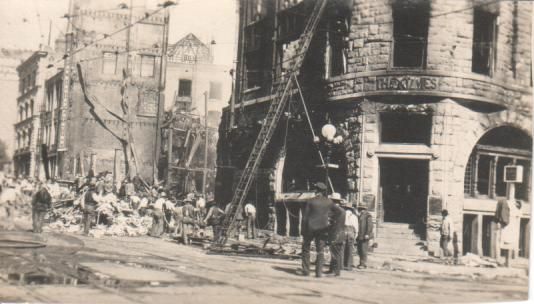
Whether he was guilty of the bribe or not was never revealed with any certainty; however, it resulted in Darrow being dropped from the list of preferred attorneys of the labor unions. It meant that he was out of business, at least as a labor lawyer. As he was already devoted to opposing the death penalty, Darrow found a perfect practice in criminal and civil cases.
He took criminal cases because he believed that if people were not adequately represented, their lives could be ruined by the criminal justice system. But not by Darrow. He went on to become the most preferred criminal defense attorney in the United States, saving many from execution. He was known for his eloquence and speeches that moved juries and even judges to tears.
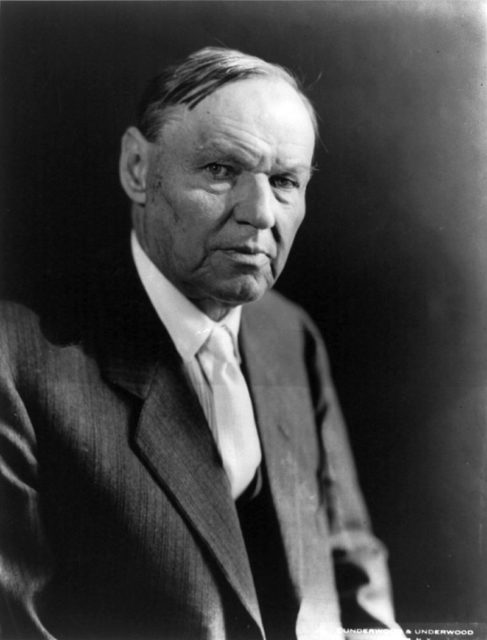
In 1924, Darrow took the case of Leopold and Loeb, which was labeled as the “trial of the century.” The accused were teenagers from wealthy families, well-educated, and exceptionally intelligent. They both shared a common obsession that drove them to the idea of committing the perfect crime. The thrill of the kill led them to murder a 14-year-old boy, Bobby Franks. The American public was shocked. It was beyond their understanding how two gifted youths with so many opportunities went on to commit such a grotesque murder.
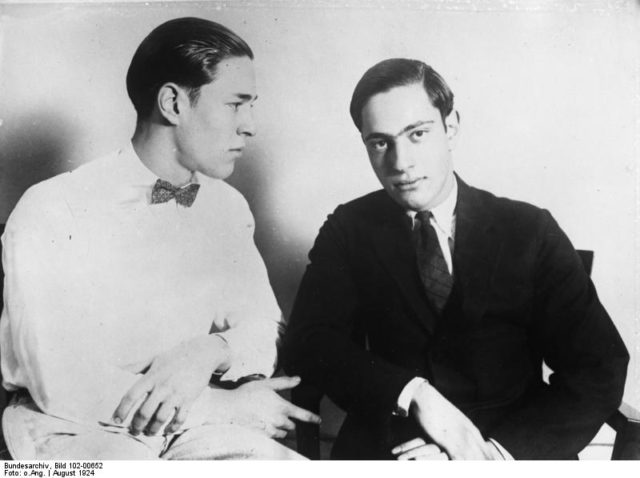
Darrow was hired by Loeb’s family at a rumored price of $1 million (in fact he was paid $70,000). Everyone guessed that the defense would go with a plea of not guilty by reason of insanity, but they assumed wrong. Darrow knew that a death penalty potentially awaited the boys as soon as the trial started, so he chose to enter a plea of guilty in order that the sentences would be life imprisonment.
The trial ran for 32 days, during which an extensive psychiatric testimony was presented. According to the defense psychiatric expert, the boys “were decidedly deficient in emotion.” Darrow’s closing argument lasted for 12 hours, after which the accused were given life imprisonment plus 99 years.
In 1925, John W. Butler, a farmer from Tennessee and the head of the World Christian Fundamentalists Association, persuaded state legislatures to pass anti-evolution laws. Without much hesitation, the Butler Act was adopted in the state of Tenessee. The act was in conflict with the materials that teachers were supposed to give to their students. Hence, the American Civil Liberties Union (ACLU) offered a defense to anyone who would be accused of teaching the theory of evolution.
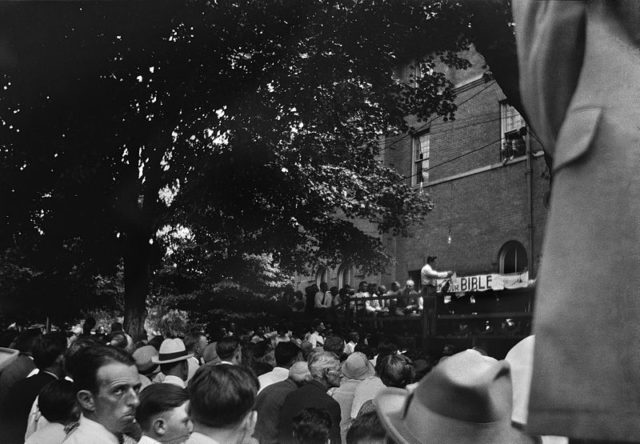
It was basically set up for John T. Scopes, a replacement teacher in a Tennessee high school, to appear in court accused under the Butler Act of teaching evolution. The whole case was a set up so that the irrationality of the act would be ridiculed. The prosecution was represented by William Jennings Bryan, a three-time presidential candidate and opponent of Darwinism. But the defense had Clarence Darrow, who became the favorite character of the trial with his speeches and especially his remarks to Bryan.
As the trial was the first one to be transmitted over media, people around the United States were excited to follow what became known as “The Monkey Trial.” It was as impressive as it was bizarre. Scopes was found guilty and fined $100, but the main point of the trial was not about Scopes. It created public discourse on religion and secularism.
That same year, Darrow represented Dr. Ossian Sweet, who in self-defense killed a white mob that was trying to force him to move out of the neighborhood. There were 11 black men in Sweet’s house, and they were all arrested and charged with murder. Only four, including Sweet, were brought to trial. Darrow defended Sweet in front of an all-white jury, arguing that the case was based on prejudice. His closing statement took seven hours, and it is now considered a landmark in the Civil Rights movement. In the end, the prosecution dropped the charges on all of the accused, thanks to Darrow’s “heartbreaking” speech.
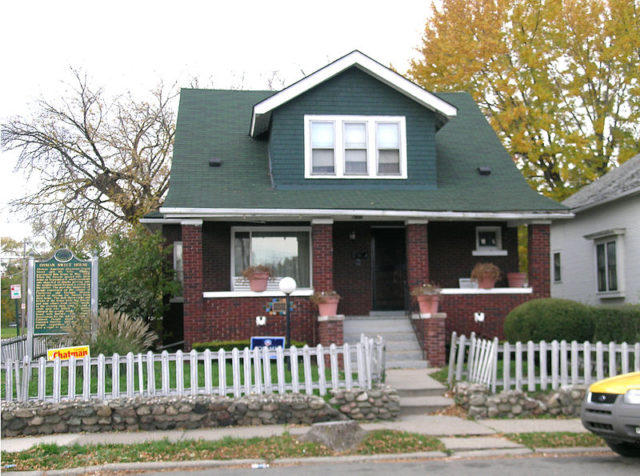
After the trial of prizefighter Joseph Kahahawai and three other men in 1931 for the rape of her daughter concluded with a hung jury, New York City socialite Grace Hubbard Fortescue decided to take the law in her own hands. She and her son-in-law killed the accused. Fortescue was arrested and charged with murder. Darrow travelled to Honolulu to defend her. It was once again a racially heated atmosphere in the court, while on the outside, many white Americans supported what they called an honor killing.
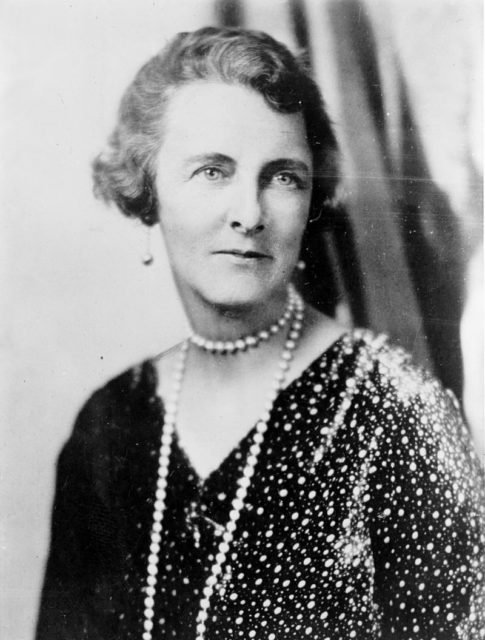
The trial was considered one of the three most compelling of Darrow’s career (the other two being the Leopold and Loeb case and the Scopes Trial). The verdict of guilty of manslaughter won Fortescue only an hour-long sentence.
The great attorney died in 1938, at the age of 80, in Chicago.
The one-man play Darrow has been a showcase for many actors, from Henry Fonda to Kevin Spacey.
